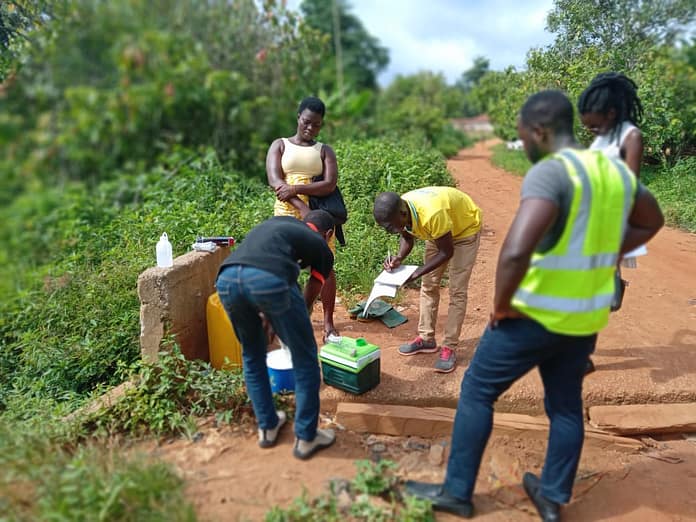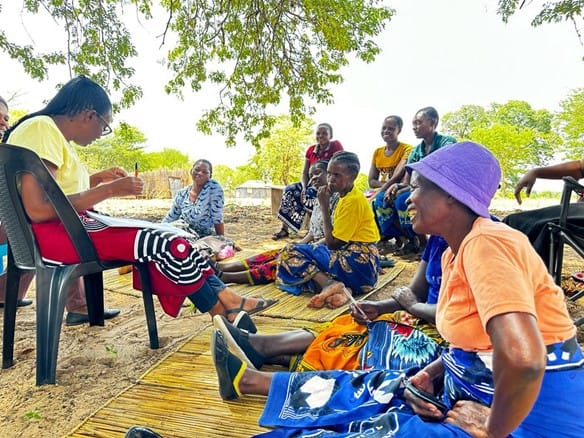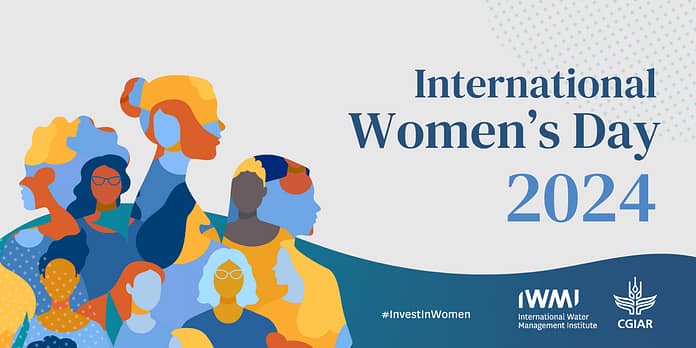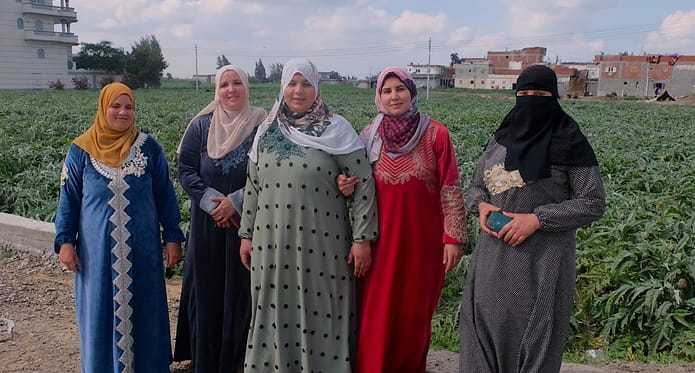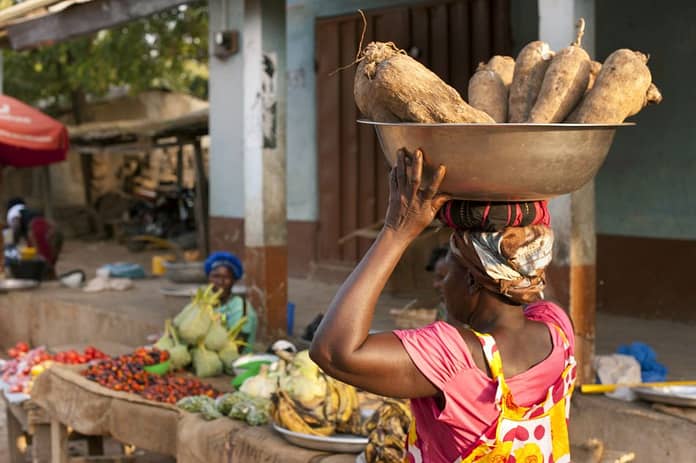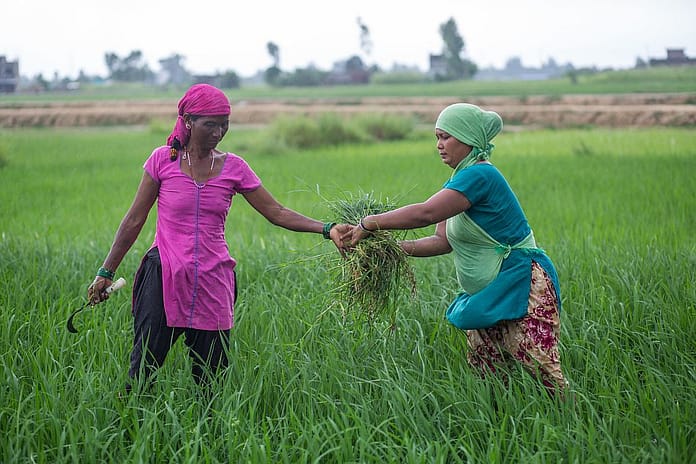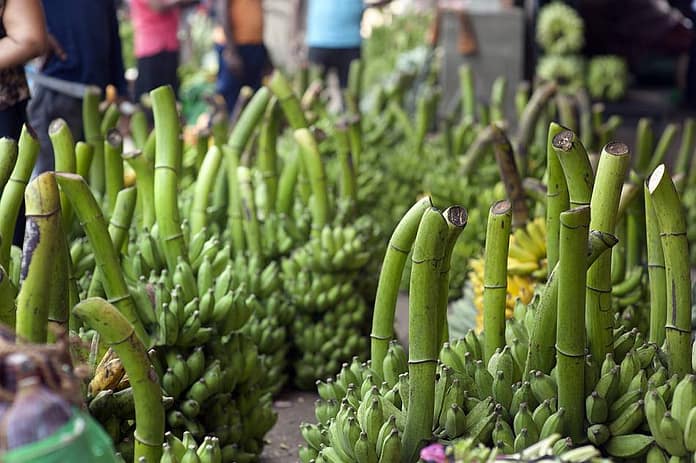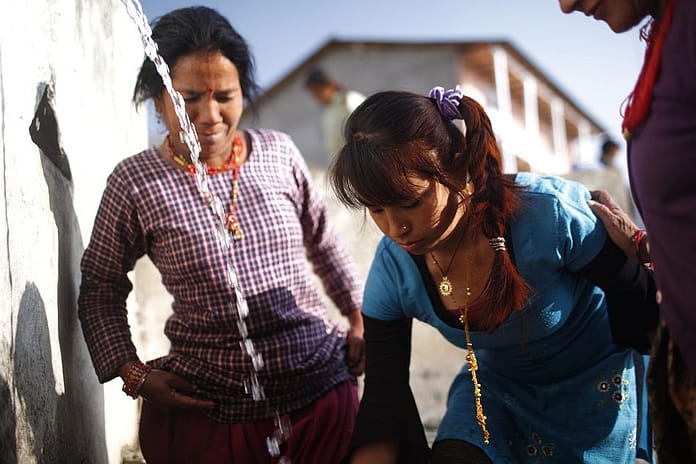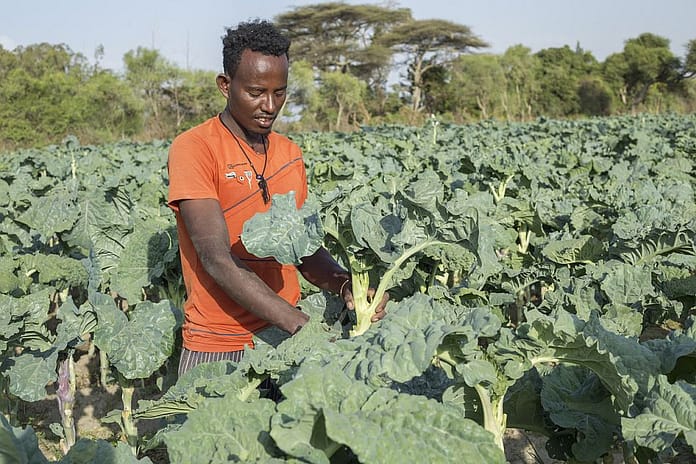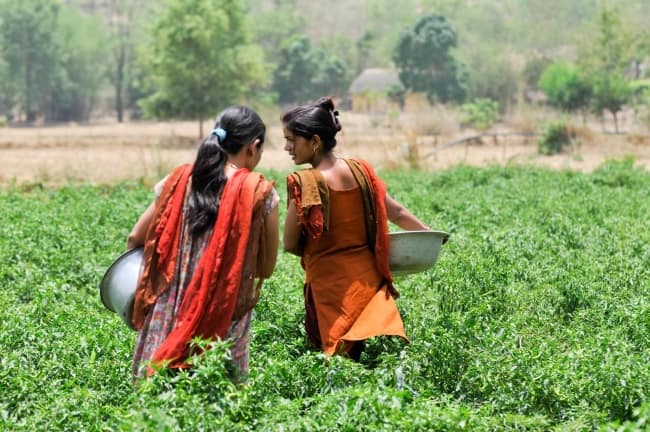
Poor women and vulnerable groups will “bear the brunt” of climate change in parts of India, Nepal and Bangladesh, according to a new report published by the International Water Management Institute (IWMI).
The Ganges River Basin is already experiencing increases in unpredictable weather patterns, droughts, floods, cyclones and other natural disasters. However, scientists predict that average temperatures in the region will increase by around 0.4 °C over the next two decades, which could cause even greater environmental and social disruption.
This poses serious challenges to a region where the majority of its 655 million inhabitants rely directly on agriculture and access to natural resources for their livelihoods.
The report focuses on three key countries that depend on the Ganges River Basin: India, Nepal and Bangladesh. By reviewing extensive studies from the region, it argues that vulnerability to climate change is “intricately linked” to social structures such as gender, class, caste and ethnicity. It makes the case that those at the bottom of the social ladder have less power and fewer resources to adapt to the possible effects of climate change.
“This is the first time that such a broad range of studies has been brought together and analyzed as a whole,” said Fraser Sugden, Researcher – Social Science, IWMI, and lead author of the report. “The research results clearly show that women face considerable vulnerability to climate change and that this is also a complex process, with vulnerability being economic, social and psychological and shaped by intersecting divisions of class and caste. There is a need to rethink policies and methods of engagement with marginalized groups, so as to address the social structures which cause vulnerability in the first place.”
How will climate change affect the Ganges River Basin?
- Greater frequency of floods, droughts and other natural disasters.
- Changes in patterns of rainfall and runoff, and the overall availability of water.
- Greater incidence of pests and diseases which affect crops.
- Lower food production.
- Greater competition for natural resources.
- Soil degradation.
- Loss of biodiversity.
Why are women more vulnerable?
Since women in the region undertake the majority of agricultural labor, growing environmental challenges are likely to increase their workload, according to the report.

In some areas, economic hardship due to natural disasters and the effects of climate change have already led to high rates of male out-migration, resulting in what has been described as the ‘feminization’ of agriculture. This leaves women to oversee the farms. However, they find it difficult to manage the farms effectively and are less able to respond to new challenges, because they have limited access to land, credit and agricultural support.
Climate change is also expected to increase the distance that women and girls must travel to collect water, fuel and food for livestock. This means that women will need to make difficult trade-offs between household responsibilities and educational opportunities.
Furthermore, natural disasters, in particular, can cause a range of problems that disproportionately affect women and vulnerable groups. The report highlights the many studies that show that mortality rates for women and girls are much higher than men and boys during natural disasters. In Bangladesh, for example, women cannot leave the household until everyone else has evacuated. Women may avoid public shelters where they could be harassed or would feel uncomfortable being in close quarters with strange men. Traditional clothing such as saris can even be an issue, catching in tree branches or weighing women down during floods.
In addition, responsibilities taken on to care for extra family members and attend to relocation after a natural disaster often lead to higher levels of psychological stress. Unlike men, women usually do not have the same access to formal networks of assistance. Severing strong social networks can remove the only form of support available to women.
Women’s diets may also be neglected or even sacrificed during times of food shortages. If they are pregnant or breast-feeding, inadequate amounts of food can seriously affect both mother and child.
Unemployment and economic uncertainty can also lead to increased cases of domestic abuse. Women and girls are more prone to sexual harassment and violence when travelling longer distances to collect safe water, food and disaster relief.
It is also clear that the multiple forms of vulnerability reviewed are affected not just by gender, but also by class and caste, with poorer women facing the greatest constraints with regards to their workload, economic insecurity and risk of social or psychological harm.
What should policymakers do?
According to the report, women need improved rights to inherit and purchase property, lease land and manage fishponds. They also need better access to micro-credit in order to invest in agricultural tools and technologies and diversify income opportunities; empowering women to make their own choices and increasing their financial returns will strengthen their social standing in the household and community.
Collective action should also be encouraged, according to the report. Women’s cooperatives can improve an individual’s economic and social situation, by lending money at lower interest rates, and providing social support, education and investment opportunities to its members. Indigenous knowledge should also be valued, as it can provide an insight into the sustainable uses of the land.
When planning climate change adaptation strategies, governments need to have a local focus and examine the complex social and environmental systems of a specific place. They need to be aware of different gender needs and also involve women in the decision-making process.
Read the report:
Sugden, F.; de Silva, S.; Clement, F.; Maskey-Amatya, N.; Ramesh, V.; Philip, A.; Bharati, L. 2014. A framework to understand gender and structural vulnerability to climate change in the Ganges River Basin: lessons from Bangladesh, India and Nepal. Colombo, Sri Lanka: International Water Management Institute (IWMI). 50p. (IWMI Working Paper 159).
Fraser Sugden is a Researcher – Social Science at the International Water Management Institute (IWMI), Kathmandu, Nepal.
Read more about the feminization of agriculture:
Mukhamedova, N.; Wegerich, K. 2014. Land reforms and feminization of agricultural labor in Sughd Province, Tajikistan. Colombo, Sri Lanka: International Water Management Institute (IWMI). 37p. (IWMI Research Report 157). doi: 10.5337/2014.208
Women, Water and Leadership workshop: How to respond to the ‘feminization’ of agriculture in Nepal
This work was funded by the CGIAR Research Program on Climate Change, Agriculture and Food Security


